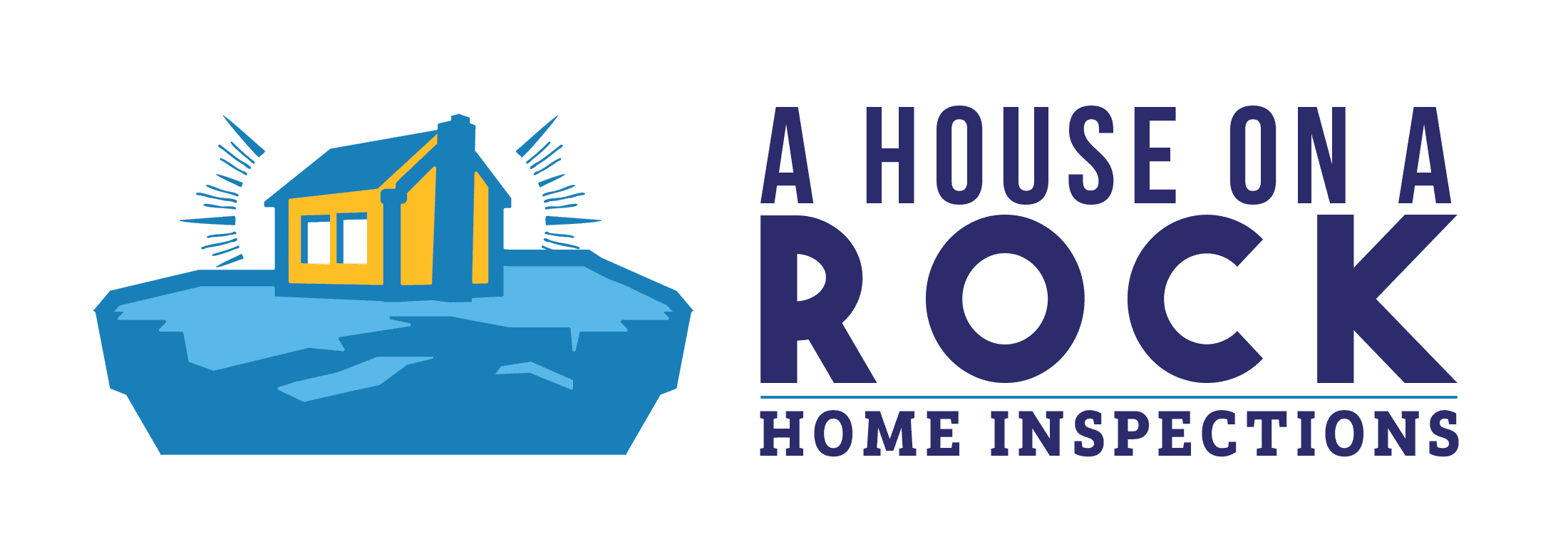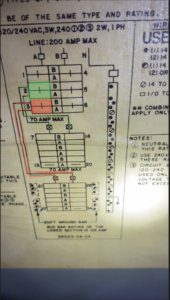What is a Split Bus Panel?
As a home inspector, one of the most common mistakes I hear is that the main panel needs a main breaker. The National Electrical Code (NEC) does require that there be a disconnecting means. It does not have to be a single main breaker though. The video below shows a split-bus panel. Split bus panels have a group of two to six double pole breakers that turn of power to the entire panel and entire home. Simply put, a split bus panel is a panel where the bus bars are split into two to three sections. Each of the lower sections is powered by a double-pole breaker in the upper section.
The top section generally includes the breakers for the largest systems such as the water heater, air conditioner, and big appliances.
Although they are generally found in older homes, these types of panels are still allowed and installed.
What is a Bus Bar?
The bus bars in an electrical panel are the metal bars that the breakers connect to. They receive the electricity from the incoming wires, and distribute the electricity to the outgoing wires through a breaker.
Inspecting Split Bus Panels
It is important to understand the applicable terminology and code requirements to properly inspect these systems.
The first word to understand is “Service”. The NEC defines Service as the conductors and equipment for delivering electric energy from the serving utility to the wiring system of the premises served.
In layman’s language this means that a service is simply the parts of the electrical system that bring the incoming power to the house.
The service is what needs the disconnect, not the electrical panel, or the house. The maximum number of breakers for this disconnect is outlined in the NEC 230.71
“Maximum number of Disconnects.
(A)General. The service disconnecting means for each service permitted by 230.2, or for each set of service-entrance conductors permitted by 230.40…shall consist of not more than six switches or sets of breakers, or a combination of not more than six switches and sets of breakers, mounted in a single enclosure, in a group of separate enclosures, or in a switchgear.”
The only time a split bus panel would be a defect is when the main section has more than 6 disconnects. The main reason this happens is that a non professional, such as a homeowner replaces one of the double pole breakers with two single pole breakers. If there were six disconnects, there would no be seven. This is more than the max allowed by 230.71.
Are Split Bus Panels Safe?
There is nothing unsafe about having 6 main circuit breakers instead of a single main breaker. In fact, whether you have 1, or 6 breakers, it is still defined as a single main disconnect.
There are home inspectors and electricians who believe that split bus panels are outdated. They think should be upgraded to a modern electrical panel. Some state that state that the consumer product safety commission lists the life expectancy of a breaker to be 30-40 years old.
I have not been able to find this information on the CPSC website. Sometimes you do need to upgrade your panel. For example, you may need a higher amp service, or to be able to add more circuits. But, not simply because this type of panel is somehow unsafe.
There are certain brands of split bus panels that are considered a fire hazard such as federal pacific electric panels, and zinsco panels but the split bus panel design is not the issue.
The idea that these types of panels are unsafe is just one of the many common home inspection myths.
Are Split Bus Panels Still Made and Installed?
Split bus panels are still manufactured and installed. The most common applications for split bus panels are when generators or solar systems are installed. The lower section of the panel will be powered by a generator or solar power when the utility power is disrupted.
Bottom Line
Your electrical service requires a main disconnect, not a main breaker.
The main disconnect can be up to 6 breakers.
Split bus panels two-pole breakers at the top of the panel that control power to one or more sections of lower breakers.
This is “up to code” according to the national electrical code and is not an issue.



